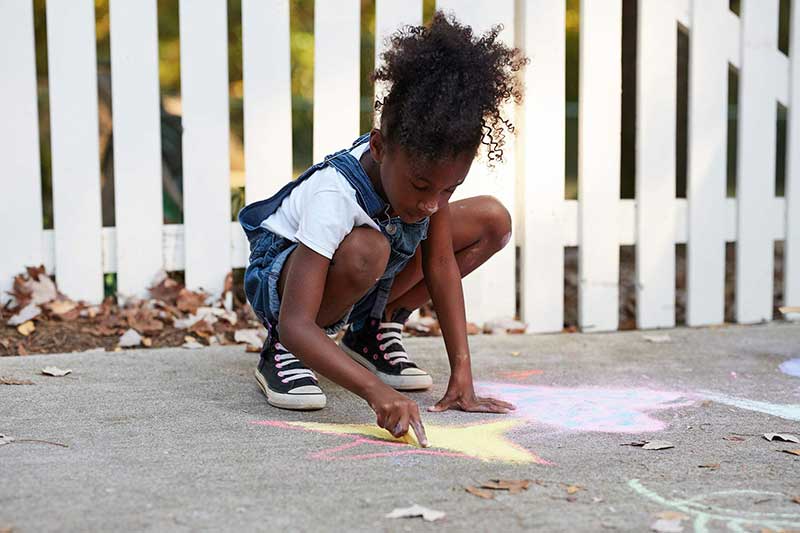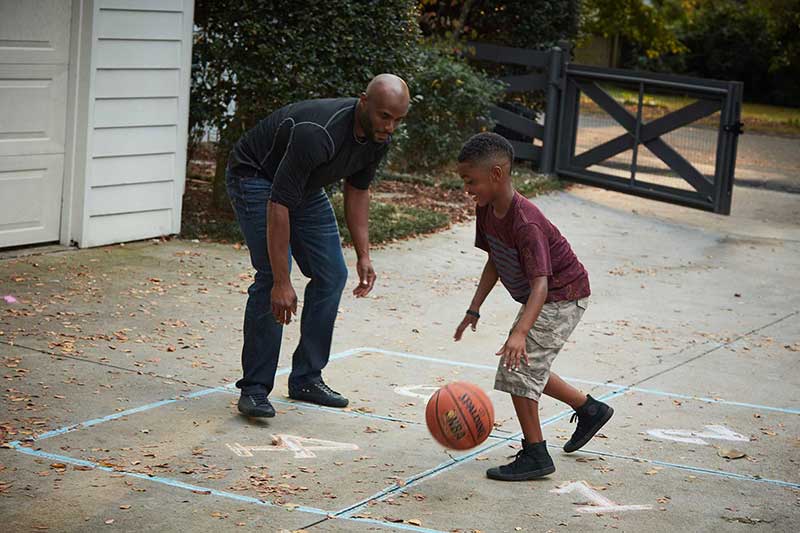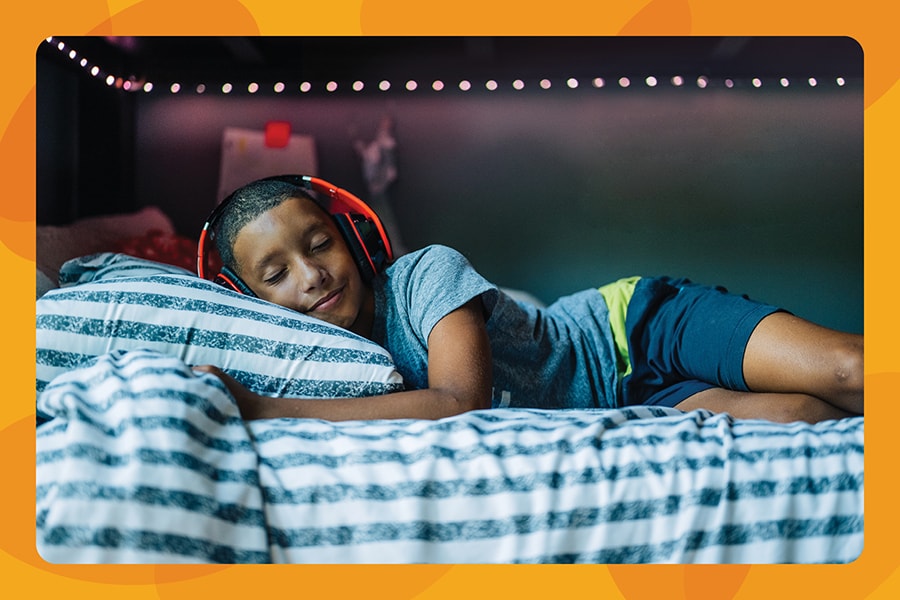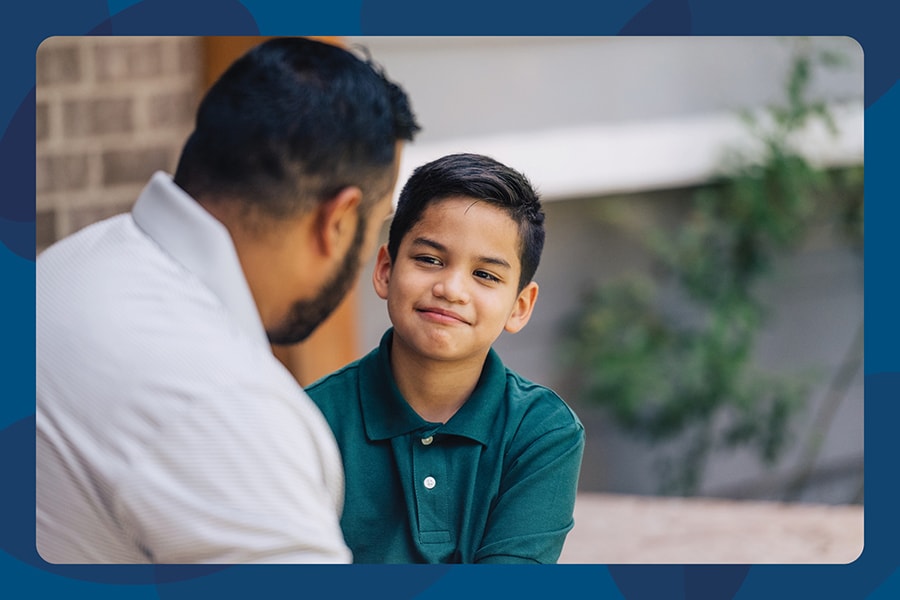Why Boredom Is Good (and How to Help Kids Cope)
“I’m bored.” “There’s nothing to do.” Sound familiar? Not only have most of us heard our kids say these phrases, but we’ve likely said them, too. With bottomless social media feeds to scroll and endless TV shows to binge, we’ve all gotten used to constant entertainment.
A lot of us—kids and adults alike—feel uneasy with downtime and may constantly wonder how to keep kids entertained. We may even avoid boredom (you’re not alone if you reach for your phone any time you have a second). But boredom isn’t a bad thing! In fact, not only is it OK to be bored, but it’s really important for kids (and us adults, too) to experience boredom. Learn why it’s good to be bored and how we can help kids work through it.
In this article:
Why keeping kids entertained isn’t the answer to boredom
We know firsthand how stressful it can be to keep kids entertained. Sports, camps, playdates and extracurricular activities can prevent them from being bored at times, but it’s simply not possible to keep kids busy every moment. And there are downsides to being over-scheduled:
- It can make it hard for kids to slow down, be present, use their imagination, be creative and explore their interests.
- It can lead to a fear of boredom, where they avoid it altogether.
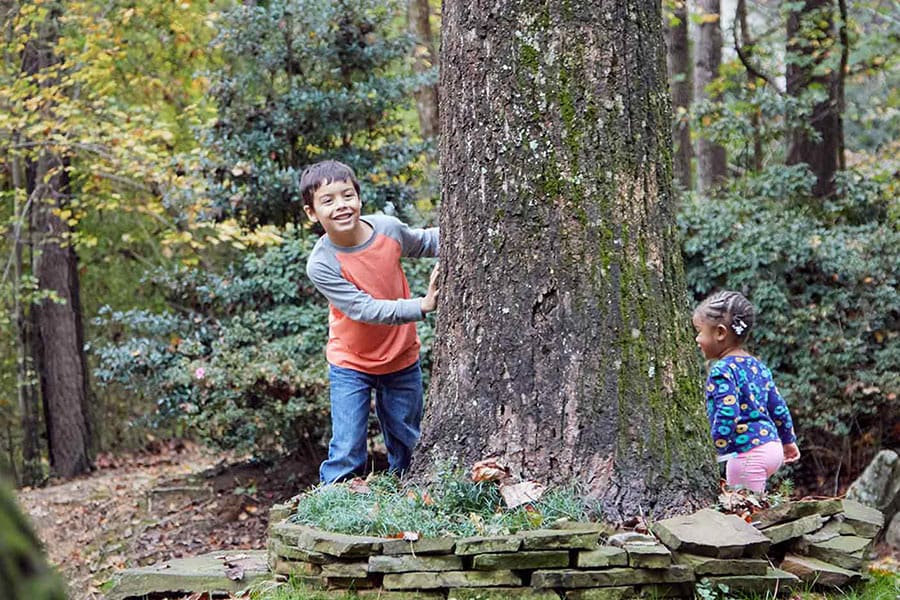
What are some benefits of boredom?
Boredom can feel uncomfortable at first, and your child may initially complain. But know that allowing kids to experience boredom creates opportunities for:
- Problem-solving. By coming up with solutions to boredom, your child is learning they can address and overcome challenges.
- Managing feelings. When kids move from feeling frustrated by their boredom to creatively solving problems, they’re learning to cope with their feelings by changing how they think or respond.
- Creativity. Free, unstructured time lets kids’ minds wander, allowing them to try things they wouldn’t typically do if someone were guiding them.
- Independence. Allowing kids to choose, rather than deciding everything for them, can boost their confidence, shape their identity and help them learn what brings them joy.
- Recharging. We all need breaks to reset and recharge, and kids are no exception. Slowing down can help kids be more present and mindful.
How to respond when your child says, “I’m bored”
How we talk about boredom matters. If we associate boredom with negativity, it can become something kids fear and avoid.
When you talk about boredom, be positive and frame it as an opportunity for your child to choose what they’d like to do, try something new or do something they don’t normally have time for.
Here are some positive ways to respond when your child complains of being bored:
- “We don’t always have time to be creative or try new things when we’re busy. What is something you’d like to try?”
- “I love it when I have a chance to feel bored. That’s when I end up having the most fun because I really get to think about what I want to do. What’s one thing you’d like to do right now?”
- “It sounds like you aren’t sure what to do right now. I wonder what you’d enjoy doing if you let your mind wander for a moment. What do you think?”
- “I imagine there are some things you haven’t had a chance to do recently because our schedule has been so hectic. What’s one thing you haven’t had time for lately that you’d like to do now?”
- “I’m excited to see what you come up with!”
9 things kids can do when they’re bored
If your child continues to struggle or get frustrated whenever they’re bored, encourage them to make a list of things they can do whenever boredom strikes. Maybe they can make a boredom box or jar to store their ideas. Here are some activities that could go in a boredom box:
- Move. Run in place, do jumping jacks, do pushups, stretch, practice yoga or try a brain break activity.
- Dance. Put on your favorite song and shake it out. Learn a new dance or make one up.
- Play an active game. Try playing musical chairs, Simon says, Twister, hide and seek, red-light/green-light, limbo or capture the flag.
- Be creative. Make art (draw, paint, color), write or journal, scrapbook, make a glitter jar, play an instrument, make up a game, create a scavenger hunt, build with Legos or blocks, or use Play-Doh or clay.
- Cook. Try a new recipe or make something you know you love.
- Read a book. Find a book on a topic you’re interested in. While school-assigned reading is important, you’re more likely to enjoy reading if you have a choice and are already interested in the subject matter.
- Play pretend. Find new ways to have fun with the things you already have, like using plastic bowls and spoons as a drum set, making a large cardboard box into a spaceship or building a blanket fort.
- Relax. Put on calming music, close your eyes and take a few deep breaths. Practice mindfulness by being present and noticing what’s happening around you (grounding), looking at pictures of happy memories or imagining your favorite place (guided imagery).
- Put on a show. Create a puppet show, make a music video, film a news broadcast or perform your own play for the family.
Keep in mind that some of these ideas may require adult supervision or participation. You know your child best, so don’t hesitate to step in if you’re concerned for their safety or if they need a little help getting started.
Setting limits around boredom
Coping with boredom is a process that gets easier over time. Whatever your child ends up doing during their downtime, have ongoing conversations with them about what you expect, and be consistent with limits—especially those relating to their safety.
Talk to your child about things like:
- Where they may go (if anywhere) and when, or how often, they need to check in with you. If they’re walking, brush up on pedestrian safety with them.
- How they should wear a properly fitted helmet any time they’re on wheels.
- How they can’t go near pools or other bodies of water without proper supervision.
- How guns aren’t toys and shouldn’t ever be played with.
- How to avoid bugs, snakes and poisonous plants while exploring outside.
